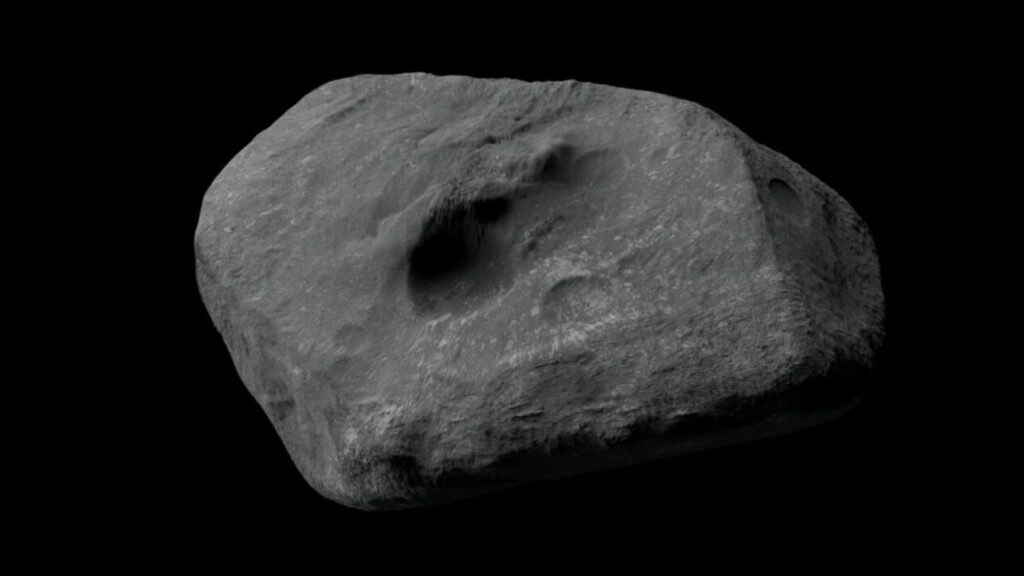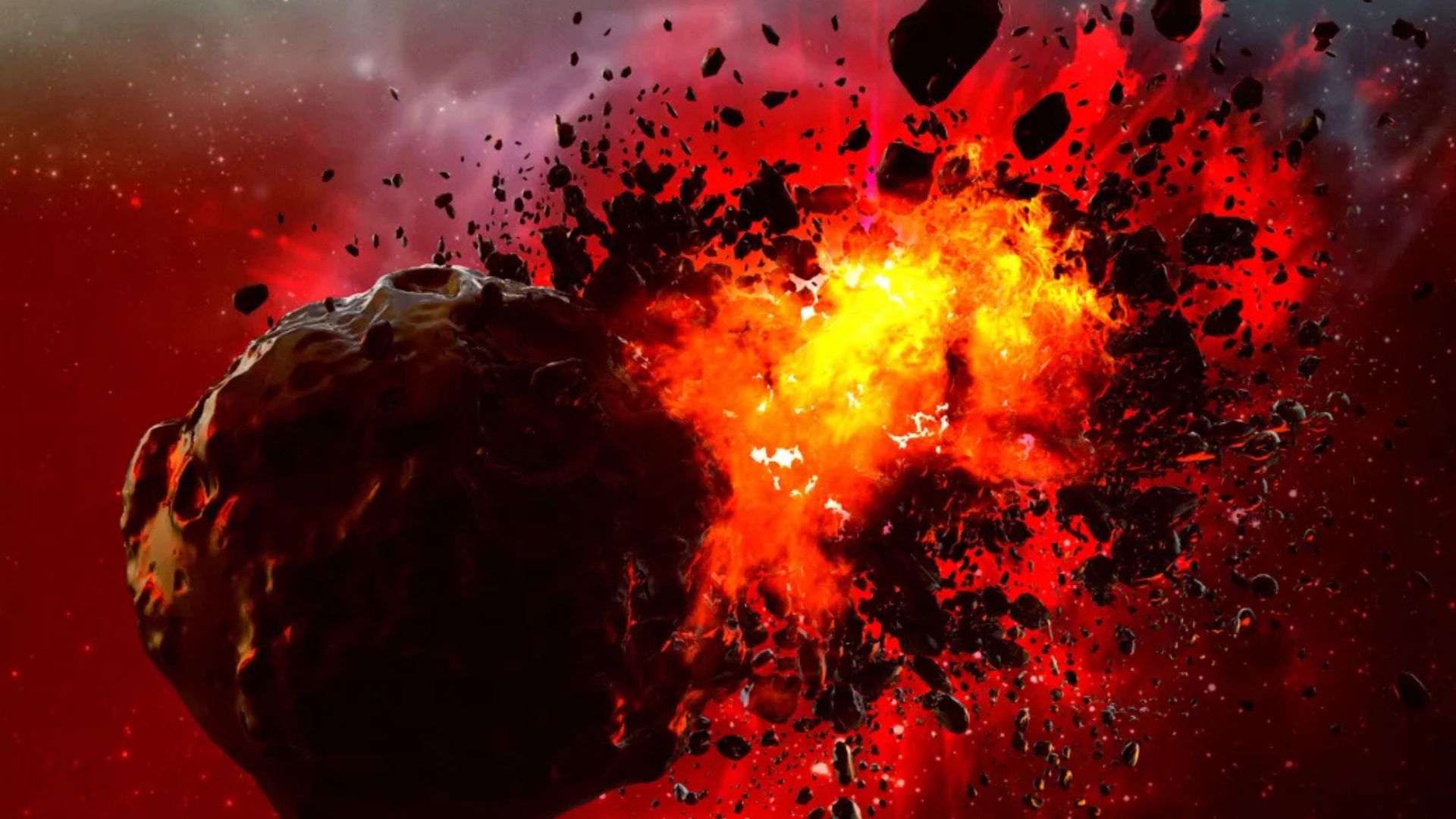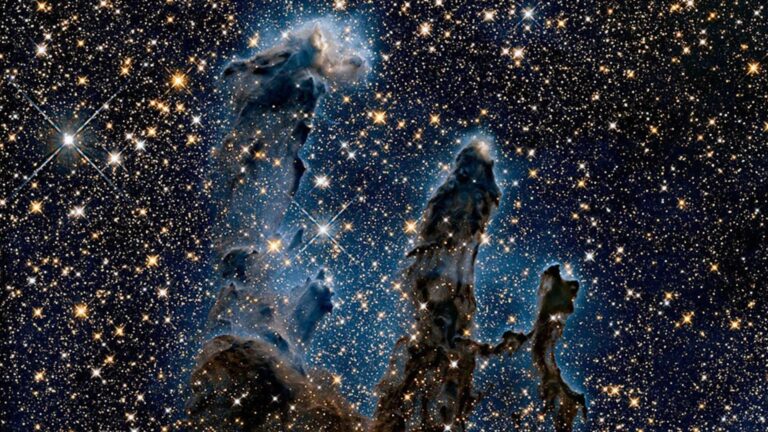
Researchers from NASA and international institutions are developing contingency plans to destroy asteroid 2024 YR4 should its trajectory pose a collision risk with the Moon in December 2032. This would mark the first-ever planetary defense mission aimed at averting a lunar impact—an event that could endanger satellites, crewed missions, and the integrity of cislunar space (Gizmodo).
Background and Threat Assessment
Asteroid 2024 YR4, discovered in December 2024, measures approximately 200 feet (60 meters) in diameter, yet its mass remains highly uncertain—estimates range from 74 million to over 2 billion pounds depending on composition (Futurism). Initial orbital calculations gave it a 3 percent chance of striking Earth, but with additional observations, the risk of an Earth impact dropped, while its likelihood of colliding with the Moon on December 23, 2032, settled at roughly 4.3 percent (Phys.org).
A lunar collision of this scale could eject up to 220 million pounds of regolith and rock into space, creating a dense, short-lived debris cloud. Models predict this micrometeoroid flux could increase by as much as 1,000 times normal background levels for several days, jeopardizing the International Space Station, lunar orbiters, communication satellites, and future crewed missions in cislunar space (Gizmodo).
Planetary defense to date has focused on Earth impacts—most notably NASA’s DART mission, which successfully altered asteroid Dimorphos’s orbit in 2022. The proposed 2024 YR4 operation extends this concept to protect the Moon and ensure the safety of critical space infrastructure.
Proposed Intervention Strategies
The study outlines two primary methods for neutralizing 2024 YR4 before it reaches lunar orbit:
- Kinetic Disruption Mission: An impactor spacecraft, leveraging lessons from DART but with enhanced velocity and mass, would strike the asteroid to fragment it into sub-10 meter debris. Smaller pieces would pose minimal risk to satellites, burning up more readily in lunar gravity or dispersing harmlessly (Phys.org). Launch windows for this mission span from April 2030 to April 2032, with trajectory design focused on maximizing momentum transfer.
- Nuclear Detonation: A one-megaton nuclear device placed just above the asteroid’s surface would vaporize a layer of rock, imparting enough force to shatter and disperse 2024 YR4 regardless of its uncertain mass. This approach draws on precedent from the 1962 Starfish Prime test, adapting modern delivery systems for deep-space operation. Launches would occur between late 2029 and late 2031 to allow for calibration of yield and standoff distance (Futurism).
While the nuclear option guarantees disruption, it carries political and legal complexity due to international treaties on space nuclear weapons. Conversely, kinetic impact avoids such constraints but demands precise mass and composition data to ensure effective deflection.
Timeline, Risks, and Future Outlook
Given the asteroid’s mass uncertainty and the narrow margin for error, deflection missions risk miscalculating the required impulse, potentially redirecting 2024 YR4 toward Earth instead of the Moon. Scientists recommend a reconnaissance probe by 2028 to measure the asteroid’s mass, density, and internal structure—information critical for mission design. Without such data, planners face a binary choice between fragmenting the object or accepting uncertain deflection outcomes (Gizmodo).
As Saturn nears its 15-year equinox, shifting solar illumination alters atmospheric processes; similarly, the evolving orbit of 2024 YR4 will refine impact probabilities by its next Earth flyby in 2028. This date serves as a decision point: finalize mission architecture, secure international approval, and book launch windows before the asteroid’s trajectory locks into a collision course.
The proposed lunar defense operation underscores the expanding scope of planetary protection—from safeguarding Earth to preserving our lunar infrastructure. Success would demonstrate humanity’s capacity to manage celestial hazards proactively and set a precedent for future missions aimed at protecting other worlds and assets in space. As the window for action narrows, international collaboration and rapid technology development will be essential to avert a lunar impact and maintain the safety of cislunar space.












